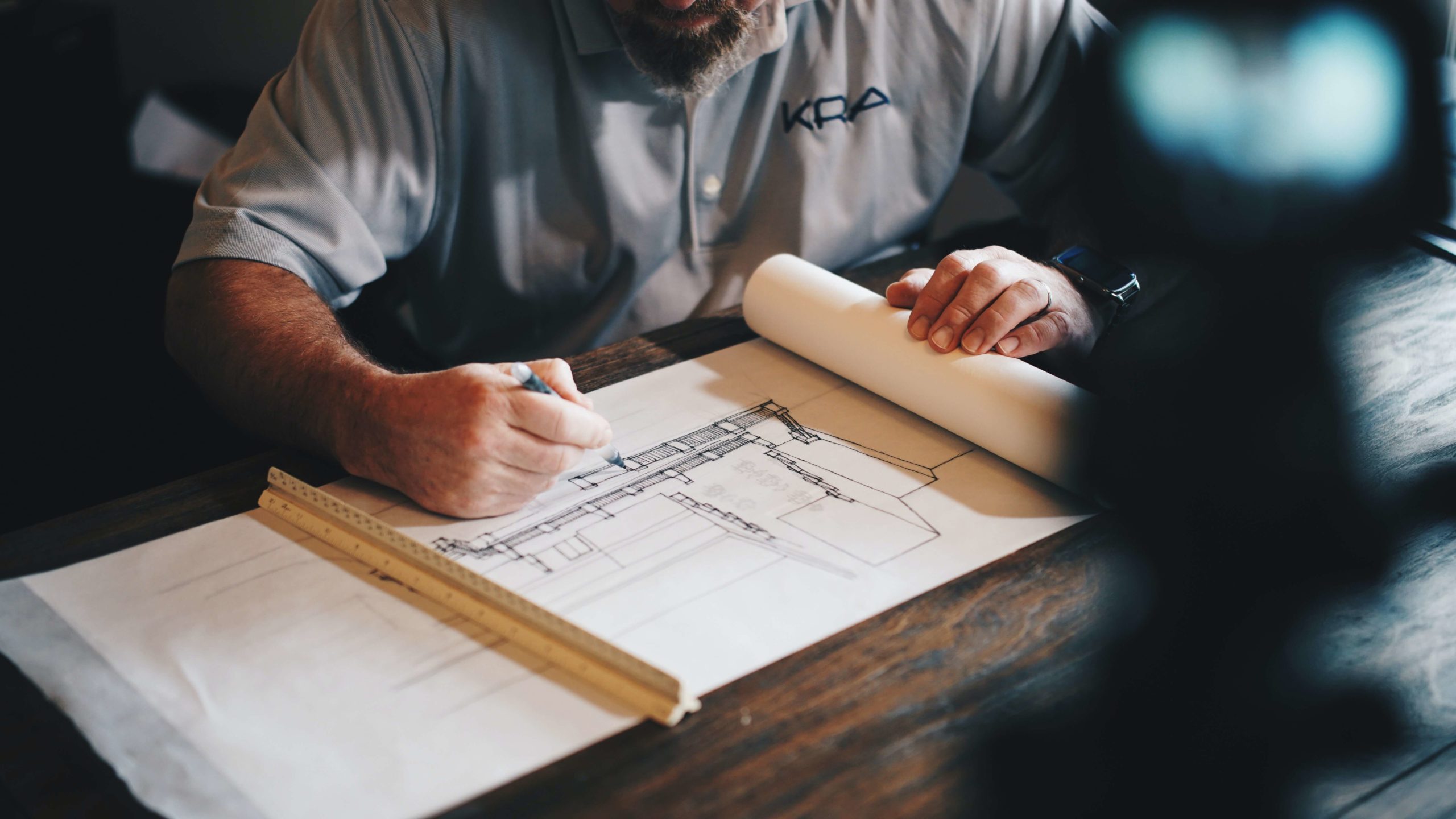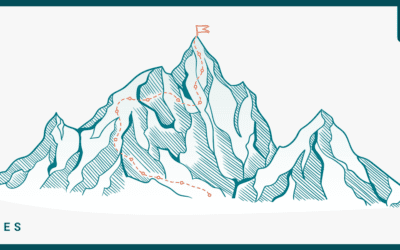The Lean Canvas (created by Ash Maurya) is a tool to help founders accomplish three main tasks:
- Accept and work with uncertainty rather than ignore it or try to cover it up.
- Identify and address risk as early as possible in the startup process.
- Create a blueprint or tactical plan for entrepreneurs as they progress from ideation to successful startup.
Let’s tackle each of these, one by one.
Accepting and Working with Uncertainty
Most entrepreneurial endeavors share one thing in common: uncertainty.
Starting something new is, by its very nature, uncertain. The problem with most business model tools and advice is that they’re designed to make your idea look good to partners and investors. Uncertainty definitely does not look good to these folks.
Also, uncertainty is uncomfortable, so these tools can provide a soothing, albeit dangerous, balm to an entrepreneur struggling with uncertainty around their idea.
The problem with this is that ignoring or covering up uncertainty doesn’t make it go away.
More often than not, starting a new venture is like starting with a mostly blank canvas. This isn’t a paint-by-number exercise. You and the “canvas” are figuring it out together, as you move through the stages of launching your product.
The Lean Canvas accommodates and highlights this uncertainty by staying high level. There is no false sense of certainty here. In the early days, there are simply things we can not know and, instead of pretending to know them, the Lean Canvas assumes this uncertainty as a default state and helps guide the user down a path of progressive discovery, thus removing uncertainty.
Identify Risk as Early as Possible
Risk is a poison pill for startups and entrepreneurs.
While uncertainty is simply a general state of unknowing, risk, on the other hand, is a particular kind of unknowing where the potential outcomes could carry a significant loss or catastrophe.
Not all uncertainty is the same. Some of it is really risky.
In the early stages of developing your concept, your primary job is identifying the riskiest uncertainty (or, as we call it, riskiest assumptions) and tackling that risk head on. You want to turn that risky uncertainty into a certainty as fast as possible.
Sometimes that means you learn that there’s an inherent flaw with your concept and you need to go back to the drawing board. That’s ok! You just saved yourself months, if not years, of business hardship and large sums of cash and time, your most precious resources at this stage.
Other times, tackling risk uncovers a new approach to your concept and makes it stronger as a result.
Either way, Risk is the big pink elephant in the room and the Lean Canvas helps you identify and prioritize risk as early as possible.
How?
The Lean Canvas specifically asks you to identify the problem you’re trying to solve, Risky Assumption #1: Does the problem exist and is it powerful enough that someone will pay to solve it? the solution you think can solve it, Risky Assumption #2: Can you solve this problem in a unique and better way than existing alternatives? and key metrics that will give you an indicator of whether or not you’re on the right track with both of these assumptions.
Create a Blueprint and Tactical Plan for the Entrepreneur
As you may have already begun to realize, the Lean Canvas is setting the user up to know exactly what to work on and when.
While the canvas itself doesn’t look like a “plan,” it does help you identify and specify the riskiest assumptions your concept is facing, which happen to be the very first things you need to tackle in the process of ideating, building, and shipping your product.
It’s pretty brilliant, really.
The Lean Canvas does differ from a blueprint or tactical plan in one important way, however: it’s designed to be worked on, changed, and even sometimes scrapped altogether and started over as you progress through the stages of building your startup.
There’s no requirement that you sit down and complete the Lean Canvas in one go. In fact, it’s discouraged.
When you’re building something new, information and ideas emerge during the process. The Lean Canvas is designed to be flexible and adapt to new learning. Which means your blueprint and tactical plan will, too.



